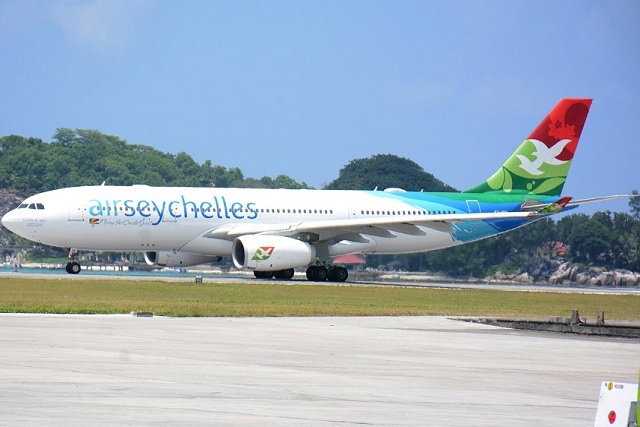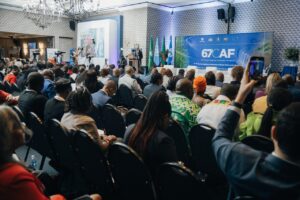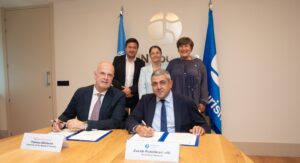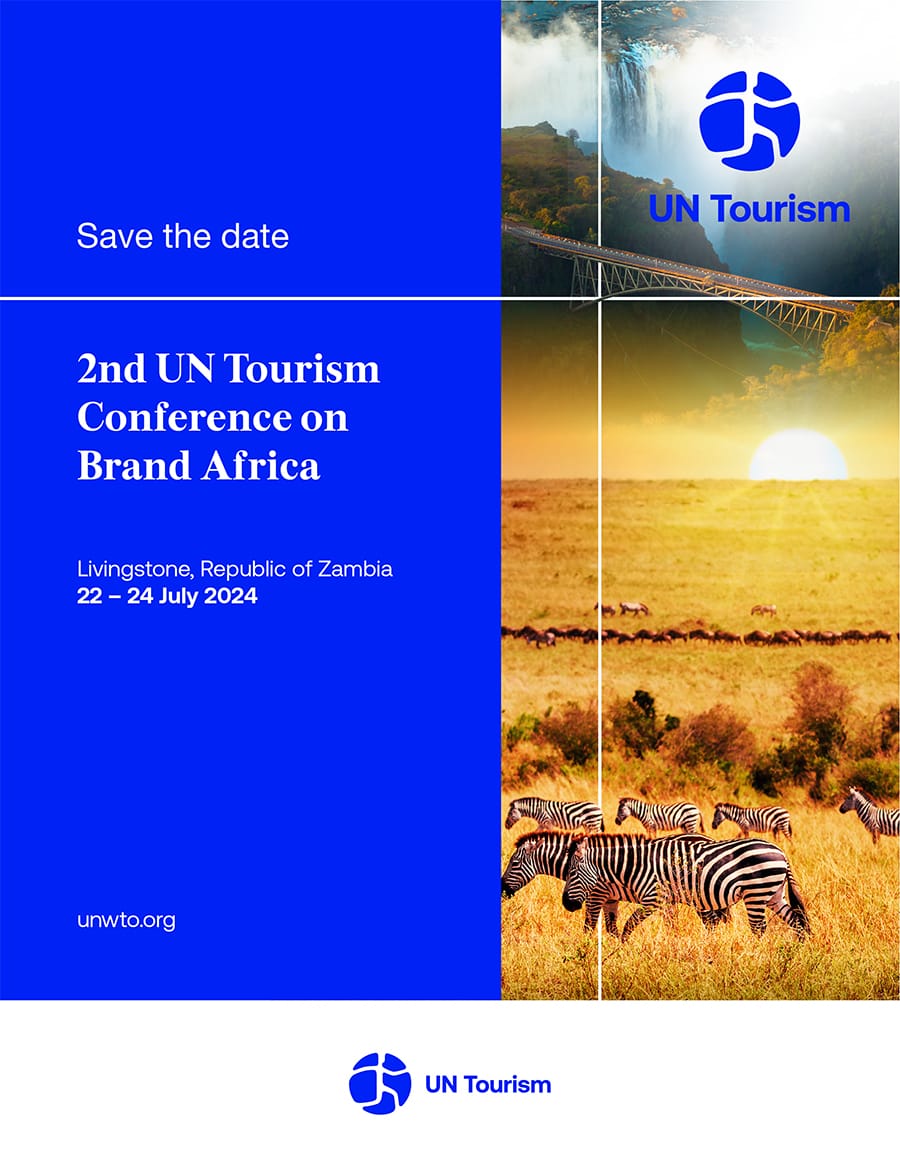Air Seychelles together with the support of Denis Private Island yesterday flew endemic Seychelles Paradise Flycatchers from Denis to Praslin to assist with conservation efforts to save the threatened birds.
The flycatchers, known locally as “Vev”, were transported on the airline’s Twin Otter aircraft commanded by Captain France Anacoura and First Officer Ramados Prem Kumar from Denis Private Island to Praslin inside specially-designed boxes with ventilation holes and branches for the birds to perch on.
After reaching Praslin, they were carefully taken by boat to the island of Curieuse by the Seychelles National Parks Authority, where they were released later after being given energy and rehydration fluid.
Being run in partnership with the University of Kent in UK and the Darwin Initiative, a UK-funded programme to conserve biodiversity, the aim of the project is to start a population of the threatened flycatchers on a third island in Seychelles.
The birds are currently listed as “critically endangered” by the International Union for Conservation of Nature (IUCN). They are native to the island of La Digue and can also be found on Denis Private Island, where they were introduced in 2008 as part of the national conservation programme to save the species from extinction. The number of flycatchers in the wild is believed to be in the low hundreds.
Sheryl Barra, Air Seychelles Head of Corporate Affairs said: “We are glad that Air Seychelles could lend a hand in these conservation efforts to save the beautiful Seychelles Paradise Flycatcher. As the national airline, we care deeply about protecting the wildlife and the natural environment of Seychelles and are happy to help out in such endeavors whenever possible.”
Rachel Bristol, Project Officer for this Darwin Initiative project, said: “We are very pleased that Air Seychelles was able to provide an efficient and comfortable air transfer for these special birds to reach their new home. The support of our partners is crucial for us to save the most-threatened bird in Seychelles.”
The species can be most easily recognized by the male birds, which have an all-black plumage with a deep blue sheen and two long central tail feathers that can reach up to 30cm long. The females meanwhile have reddish brown wings and tails, and lack the elongated central tail feathers.
Source:Prof Wolfgang Thome-ATC News


